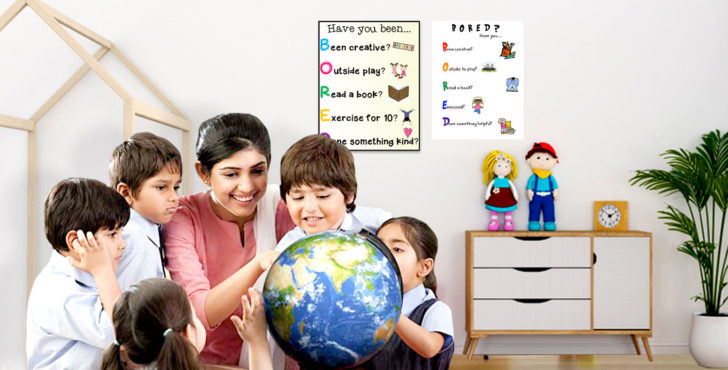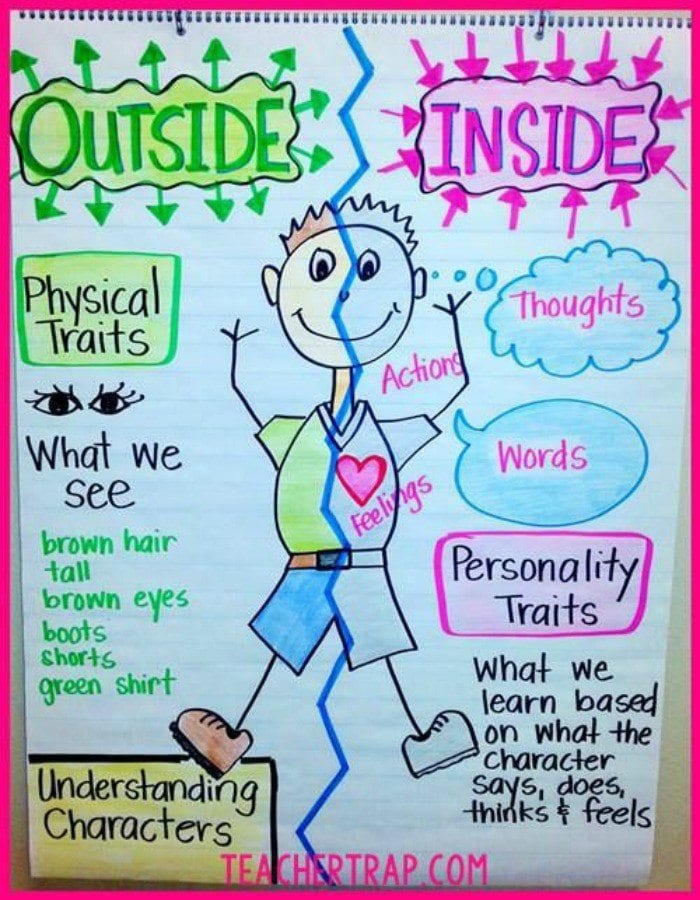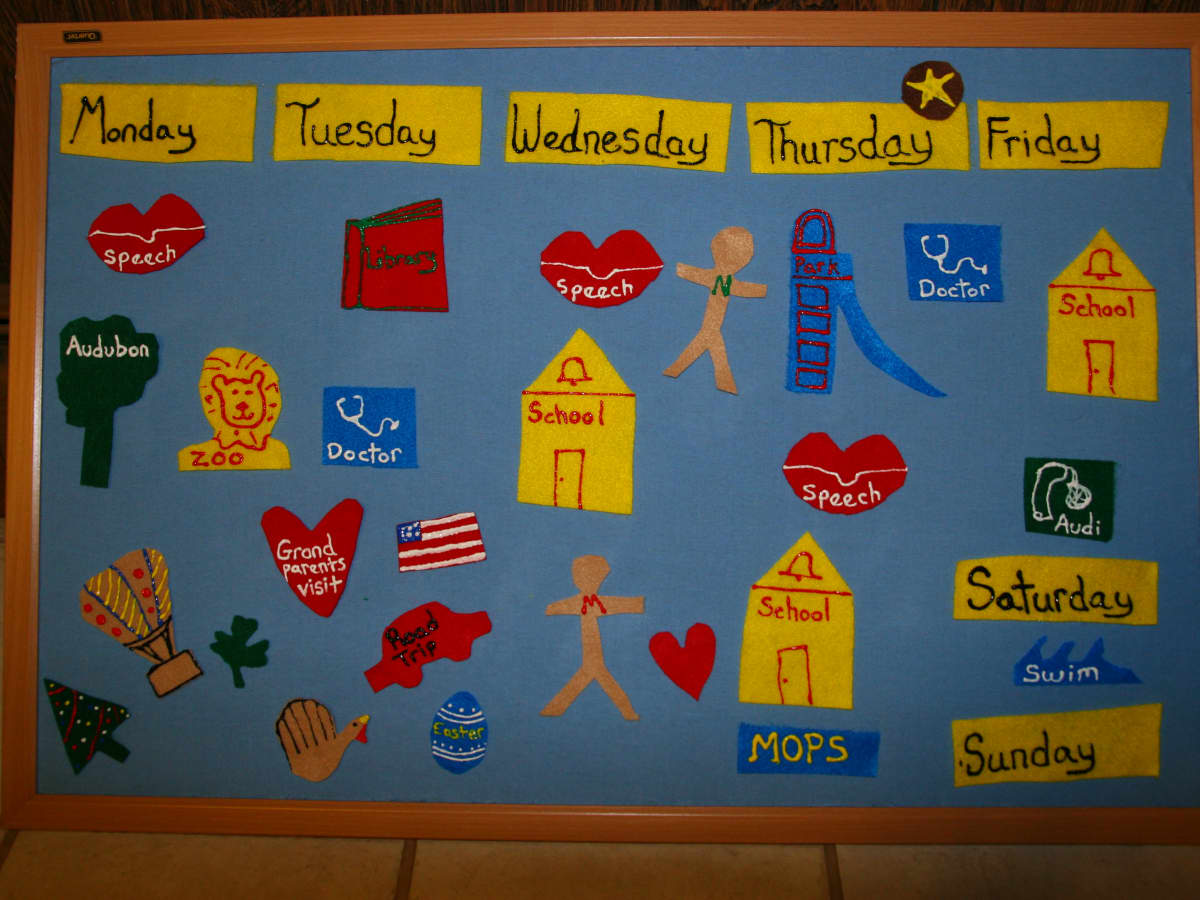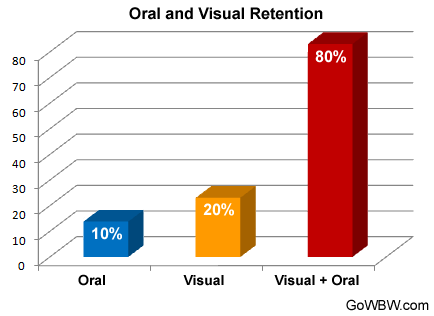TEACHING AIDS
Teaching aids are the tools that the teachers use in the classroom such as, Flash cards, maps, cassettes and Black/white board and it is a tool use by teachers to help learners improve listening, speaking, reading, writing and other language skills.
Teaching aids illustrate or reinforce a skill, fact or idea and relieve dears or boredom, since many teaching aids are like games. There are different categories of teaching aids. They are,
• Audio Aids
• Video Aids
• Audio – Visual Aids
Audio – visual aids imply anything by means of which learning process may be encouraged or carried on through the sense of hearing and the sense of sight.
Types of teaching aids that can be used in the classroom.
• Chalkboard/Whiteboard
• Audiotapes/CDs
• Videotapes/DVDs
• Text books
• Computer
• Puppets
• Flipcharts, Flashcards, and worksheets
• Overhead Projector/Transparencies
• Power Point Presentations
• Data Projectors/Smart Board
• Educational CDs and DVDs, Televisions
• Online dictionaries, encyclopedias, talking dictionaries, online tests
• Interactive electronic white board as a tool in modern teaching
• PowerPoint slides and games
• Dramatization and plays
• Crossword puzzles, quizzes and story telling etc.
• Scientific apparatus, materials and models used in classrooms and science labs
• Maps, Atlases and globes
• Charts, pictures and posters
• Realia - objects or activities used to relate classroom teaching to the real life especially of peoples studies/ Using Real objects.
NOTE –
• Other language skills – Grammar & Vocabulary (Micro / sub skills)
• Listening, Speaking, Reading, Writing – ( Main / Macro skills)
Classification of teaching aids
Teaching aids can be classified mainly into two categories.
They are :
• Projected teaching aids
• Non-projected teaching aids.
Non-projected teaching aids
(1) Graphics – Pictures, Charts, maps, Graphs, Puppets, Flash cards, Posters,
(2) Display boards – Black board , White board, Green board, Bulletin board, Flannel board, Magnetic board, Specimens (නිදර්ශක)
(3) Audio Aids – Radio , Tape recorder, Language laboratories.
(4) Activity aids – Demonstrations, Dramatizing, Experiments, Program instructions
• Projected teaching aids
Projected teaching aids are of two types. They are :
(1). Silent Projected teaching aids - Slides, OHP(Over Head Projector), Filmstrip
(2). Sound Projected teaching aids – Films, Television.
Importance of using teaching aids in the classroom
Using teaching aids is obviously for language teaching and learning.
• It is important to learners to have plenty of contextualized examples in making spoken form and to understand them.
• It focuses attention on meaning
• It helps to make the language used in the classroom more real and aligned.
• Having something to look at keeps the students attention
• It makes the class more interesting.
• They can be used at any stage of the lesson to help in practicing a new language or introducing a topic, as a part of practice and when reviewing language that has been presented earlier.
• Good teaching aids are not just used once but again and again and can be shared by different teachers.
• Teaching aids contribute to the students understanding.
• They stir student’s imagination.
• Teaching aids reduce teacher’s exhaustion.
• They motivate students to be engaged in the learning process.
• Helps students to acquire expected proficiency in the language skills specially listening and speaking.
• With the help of visual aids the teachers can successfully deal with the weak and indifferent students as these aids reduce the teacher talk and the chalk method.
• They help to increase the students interaction and active participation.
• By using audio tapes the teacher can provide much practice.
• Every individual has the tendency to forget, proper use of teaching aids helps to retain more concept permanently.
• Students can study well when they are inspired properly through different teaching aids.
• It helps to increase the vocabulary of the students.
• Teaching aids provide complete example for conceptual thinking.
• Teaching aids provide direct experience to the students
• It helps the teacher to get sometime and make learning permanent.
Facts to be considered in using teaching aids.
• There should be an educational value.
• Objectives of the lesson should be achieved.
• They should be student centered.
• It should be simple.
• It should be relevant and suitable.
• It should be accurate.
• It should encourage the students.
• Well preparedness (Aim of using a teaching aid is to save time, if the teacher’s not prepared to present the aids efficiently it will be a waste of time)
• Avoiding too many teaching aids.
• It should be meant to an end. (If the presentation or video is endless students will get bored and lose focus.)
• There should be an integration.
• Availability of resources (Size of the classroom / Experienced teachers/ Facilities / Finance )
Characteristics of Audio – Video aids.
• They should be meaningful and purposeful.
• They should be accurate in every aspect.
• They should be simple.
• They should be cheap.
• They should be up-to-date.
• They should be easily portable.
• They should be according to the mental level of the students.
• They should motivate the learners.
• They should be large enough (Visible to all the students.)
• They should be improvised. (Produce or make (something) from whatever is available.)
➢ Charts
• A chart is a useful way to present and display information or instructions, especially in a classroom or other educational situation. It can range in size from a large wall chart to a single piece of paper.
• According to Edgar Dale , “a chart is a visual symbol summarizing or comparing or contrasting or performing other helpful services in explaining subject matter”
• There are different types of charts Picture chart, Time chart, Table chart, Graphic chart, Flow chart, Tree chart, Pie chart…
• When using charts, The teacher does not have to spend time in the lesion drawing on the blackboard.
▪ As the chart is prepared in advance, it is possible to draw the pictures more carefully and also to make them more attractive (by using colors)
▪ The chart can be kept and used again with the same class. For review or to practice a different tense.
▪ It can be used with other class and by other teachers.
➢ Flash Cards
• Flash cards are useful for drilling new letters, words, and other information. They are normally used in a classroom, but can also be used more informally.
• A flash card is part of a set of cards on which are written items to be studied. They are “flashed” (shown quickly) one by one to a learner to elicit (a reaction, answer) a quick response.
• Flash cards are sets of cards printed with information to be studied, such as definitions, formulas, letters, multiplication tables, prefixes, words.
• If there is an answer or solution to what appears on the front of the card, it is printed on the back so that the person showing the cards can see if the learner's answer is correct.
• Pictures can be drawn or cut from a magazine for the flash cards.
• But sometimes it is difficult to find pictures which are the right size and which are simple enough.
• They can be kept and use again and again.
➢ Flip charts
• Flip charts are useful in teaching situations where you need to teach a number of people at a time.
•They are used when books are unavailable, scarce, or too expensive for individuals to have their own copy when other media such as overheads and slides are not available, and where group learning is most culturally appropriate.
• A flip chart is a collection of large pages which are bound together at the top. The pages are “flipped” or brought up and to the back as they are used.
• A flip chart is bound together at the top in such a way that the pages can be easily turned and lie flat.
➢ Flannel Board
• It consists of a piece of flannel or felt made from wool, stretched tightly over a strong backing of plywood. Pictures, cards and similar material can be made stick on it.
➢ Graphs
• Flat pictures which employ dots, lines or pictures to visualize numerical and statistical data to show statistics or relationships.
• Graphs are by nature a summarizing device.
• Effective tools for comparisons and contrast.
➢ Slides (Transparencies)
• Any positive transparency mounted individually for use in a projector or viewing transmitted light.
.........................................................................
Extra note –
Some modern Teaching aids.
➢Mobile learning
• Internet and Wi Fi
• Touch screen
• Games and quizzes
• Mobile applications
• Any time & anywhere
The value of mobile learning
• It is important to bring new technology into the classroom.
• Devices used are more lightweight than books and PCs.
• Mobile learning can be used to diversify the types of learning activities students (or a blended learning approach).
• Mobile learning supports the learning process rather than being integral to it.
• Mobile learning can be a useful add-on tool for students with special needs. However, for SMS and MMS this might be dependent on the students’ specific disabilities or difficulties involved.
• Mobile learning can be used as a ‘hook’ to re- engage disaffected youth.
Benefits
• Relatively inexpensive opportunities, as the cost of mobile devices are significantly less than PCs and laptops
• Multimedia content delivery and creation options
• Continuous and situated learning support
• Decrease in training costs
• Potentially a more rewarding learning experience
Technical challenges include
• Connectivity and battery life
• Screen size and key size
• Meeting required bandwidth for nonstop/fast streaming
• Number of file/asset formats supported by a specific device
• Content security or copyright issue from authoring group
• Multiple standards, multiple screen sizes, multiple operating systems
• Limited memory
• Risk of sudden obsolescence
Social and educational challenges include
• Accessibility and cost barriers for end users
• How to assess learning outside the classroom
• Content's security or pirating issues
• Frequent changes in device models/technologies/functionality etc.
• Developing an appropriate theory of learning for the mobile age
• Design of technology to support a lifetime of learning
• No restriction on learning timetable
• Personal and private information and content
• No demographic boundary
• Disruption of students' personal and academic lives
• Access to and use of the technology in developing countries
• Risk of distraction
➢Interactive Whiteboard
• An interactive whiteboard is a large display that connects to a computer and a projector
• Use of graphics and other visuals to represent information
Uses
• Running software that is loaded onto the connected PC, such as a web browsers or other software used in the classroom.
• Capturing and saving notes written on a whiteboard to the connected PC
• Controlling the PC from the white board using click and drag, markup which annotates a program or presentation
• Using OCR software to translate cursive writing on a graphics tablet into text
• Using an Audience Response System so that presenters can poll a classroom audience or conduct quizzes, capturing feedback onto the whiteboard
• Multimedia lessons and presentations including audio and video
• Collaborative problem solving
• Showcasing student projects and presentations
• Virtual field trips
• Recorded lessons that can be used by substitute teachers.
• Models are replicas or copies of real objects with suitable change in size, complexity, timing, safety and cost factors.
• Classification- Simplified, Scale, Working, Cross-sectional, Mock ups
➢CARTOONS
A cartoon is an interpretive picture, usually a drawing, intended to convey a message or point of view about things, events or situation; may make free use of exaggeration and symbolism.












0 Comments